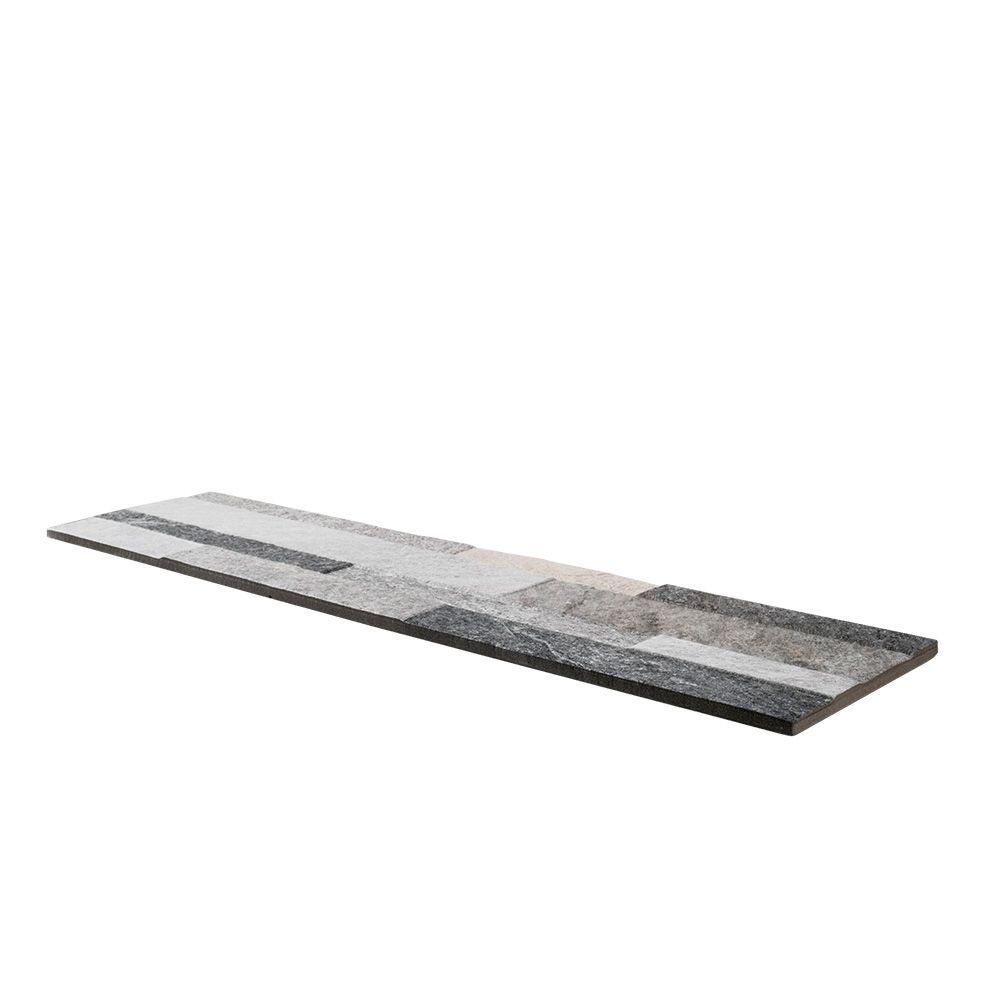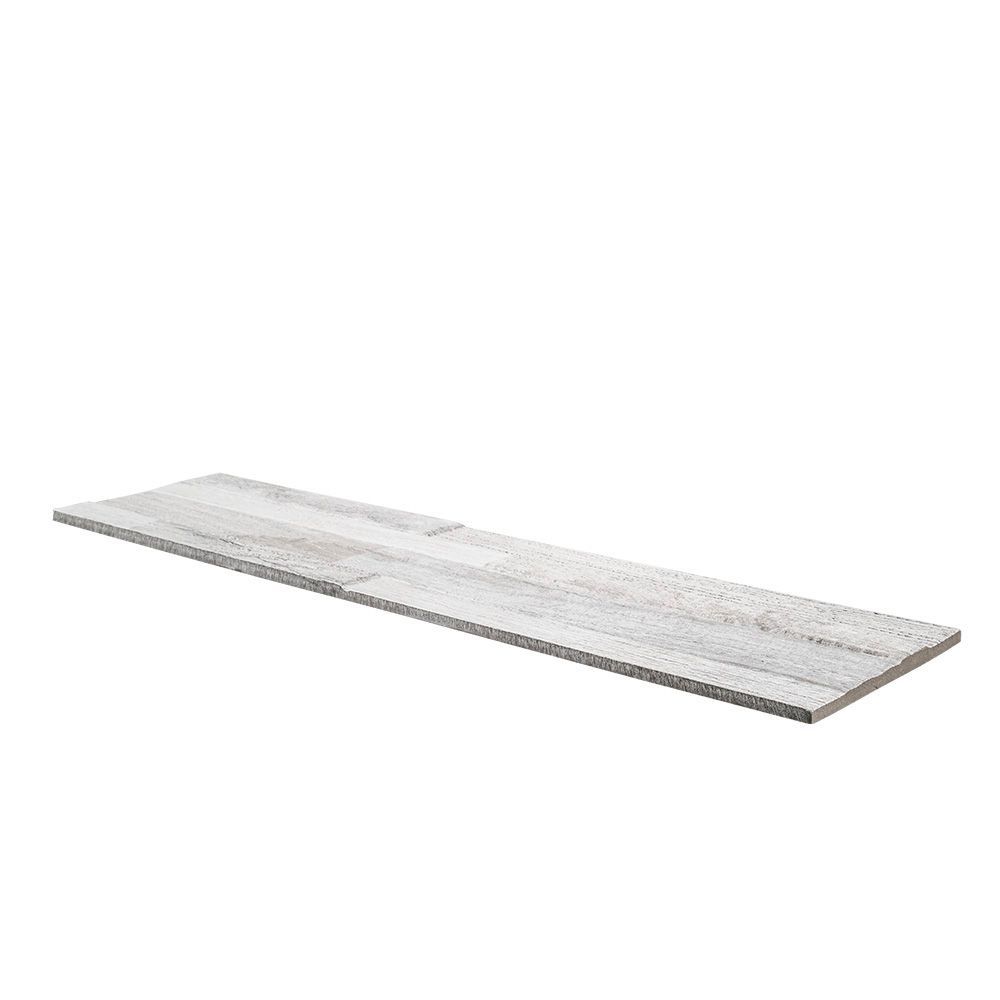Reservoir
Reservoir
Porcelain 3D wall tiles perfectly suited for a range of applications.
Produced in Northern Italy using the very latest 3-D digital technology, these glazed porcelain panels simulate three natural stone looks and two authentic wood raised tile options that open new possibilities for room design. With more than 1,000 combinations of surface height, color, and texture you will be hard pressed to find two panels that are the same.
Jeffrey Court University
Jeffrey Court University welcomes the all-new “Reservoir” collection. Join our host, Mike, as he walks you through this new and exciting addition.
FAQs
Reservoir is a concise line of 6" x 24" porcelain panels produced in Northern Italy using the very latest 3-dimensional digital technology. This creates incredible realism that simulates: three "Natural Stone Look" color options and two "Wood Look" color options. These porcelain constructed panels expand utility and open new possibilities for designers and homeowners alike.
In total, there are five color options available in the Reservoir specialty collection panels. Three colorways simulate natural stones; whereas the other two available colors simulate an authentic wood look.
- Three "natural stone look" color options:
- Elm Creek which correctly replicates a vein cut white marble.
- Fresh Spring is a white quartzite look with a soothing low color variation that features a large degree of natural texture typical of that material.
- Stone River blends texture with grey, white and tan quartzite and provides a stunning natural look.
- Two "wood look color options":
- Wildwood simulates a natural blend of oak and ash. The color and deep natural graining create an amazingly realistic effect.
- Timberwolf, a blend of oak and ash with a subtle whitewash effect.
- Thanks to Reservoir’s cutting edge digital manufacturing process, there are almost 1,000 different combinations of elevation, color, and texture. So, just like in mother nature, you will be hard pressed to find two panels that are the same.
- The glazed porcelain construction of the Reservoir panels is impervious, so, they can be used in freeze thaw climates. Therefore, they are able to be used in both interior and exterior applications.
- The 6" x 24" size scales Reservoir panels appropriately to be used as: backsplashes, shower walls, tub surrounds and feature walls without the maintenance worry of natural stone or wood materials.
- Reservoir provides a lighter weight, eco-friendly substitute to natural materials that does not fade or decay and will not fall victim to moisture or insects.
Please see application listed on each product specific web page on Jeffreycourt.com.
The marketing and merchandising of this collection is supported by 5 Montage Boards, and 5 Sample Cards which aid in displaying the full product line. All of these point-of-purchase materials are accompanied by the Reservoir catalog. Showroom installation and loose sample pieces can also be ordered at a discounted price.
Blending and Shade Variation
- In general, Reservoir is classified as having a shade variation rating of 4 "Random." Blending of products from multiple cartons is highly recommended to ensure a proper uniform look. All issues pertaining to shade variation should be addressed prior to installation. Use constitutes acceptance.
- There are no out corners with these panels so two panels will need to be mitered together when turning corners. It is recommended to use a complimentary tile edging system for finishing exposed edges of the Reservoir Panels.
- It is recommended to use a 1/16" grout joint and a complimentary colored grout to make the grout joint virtually disappear. A 33% offsetting of panels during installation will also help make the 3d pattern come to life. Expansion joints should be used as appropriate to each individual installation.
Cutting
- It is recommended that a wet saw be used to cut the products found in this collection. To achieve the best cutting results, use a professional grade, high-speed wet saw outfitted with a new diamond blade specific for porcelain.
Setting Materials, Sealers, and Grouts
- A high-quality thinset is recommended for best installation results.
- As per the Tile Council of North America (TCNA): "For cementitious grout, joints smaller than 1/8" generally should only be grouted with unsanded grout, and joints of 1/8" and larger should only be grouted with sanded grout."
- Grout color is part of the design process and considerations must be made. A grout choice closest to the color and hue of the panel being grouted can be considered the safest choice.




